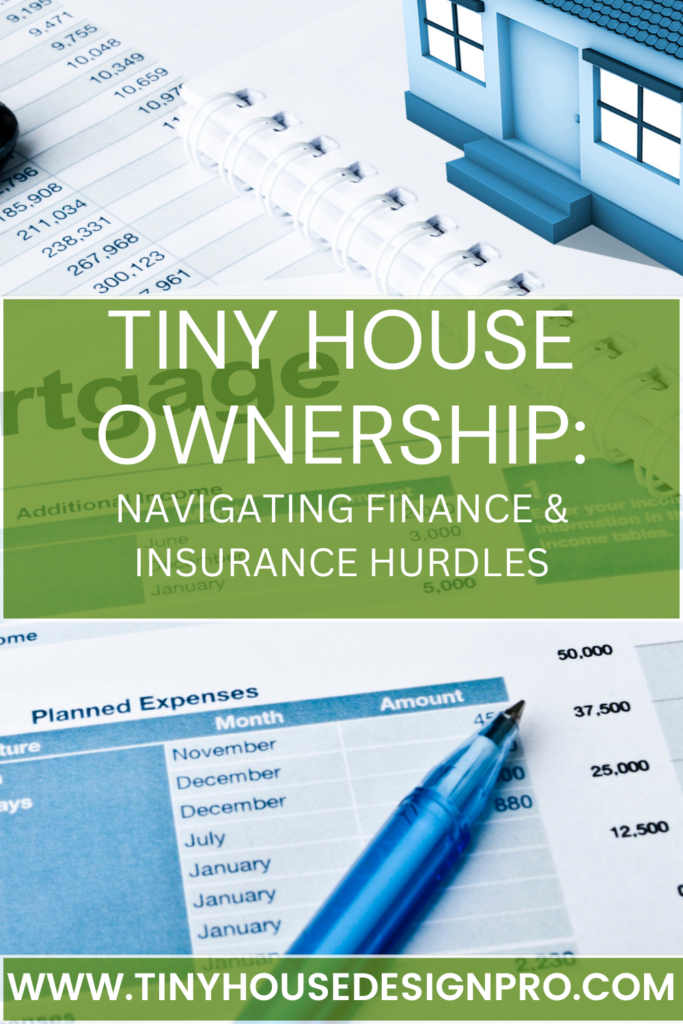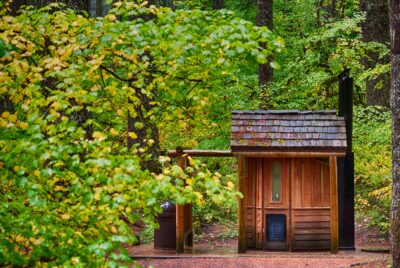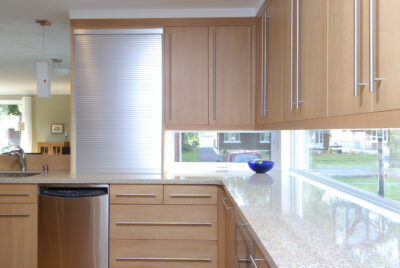Tiny House Ownership: Navigating Finance and Insurance Hurdles
Tiny houses have captured the imagination of many individuals seeking simplicity, affordability, and sustainability in their living arrangements. However, while the allure of tiny house living is undeniable, navigating the financial and insurance aspects of owning a tiny house can present significant hurdles. Once you have decided what kind of ‘Tiny House’ you want to live in, you’ll need to research available financing and insurance. In this comprehensive guide, we’ll explore tiny house ownership challenges individuals may encounter when it comes to financing and insuring their tiny homes, offering insights and advice to help overcome these obstacles.
Financing Challenges: Exploring Alternative Options
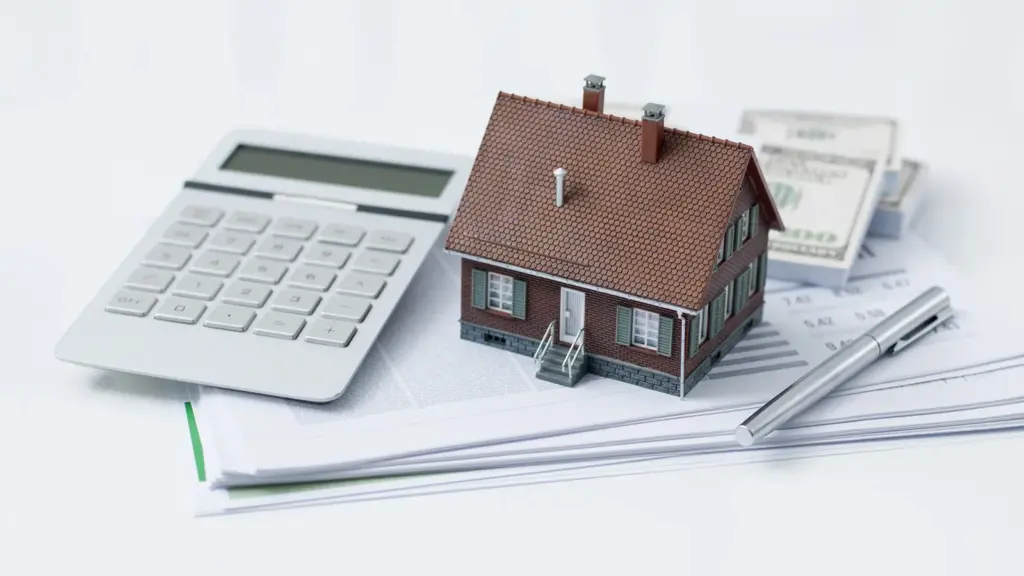
Traditional mortgage lenders often hesitate to finance tiny houses due to their non-traditional size and construction. With minimum square footage requirements for properties eligible for financing, tiny houses frequently fall short of these standards. As a result, securing a mortgage for a tiny house may require exploring alternative financing options, such as personal loans, RV loans, or seeking out specialty lenders catering to tiny house financing. Despite these challenges, with careful research and planning, viable financing solutions can be found to make tiny house ownership a reality. It’s important to do your homework before buying land or committing to a kit home.
Zoning and Regulatory Compliance: Tiny House Ownership Legalities
One of the key challenges in obtaining financing for a tiny house is ensuring compliance with local zoning regulations and building codes. Tiny houses are often classified as recreational vehicles (RVs) or accessory dwelling units (ADUs), which may not meet the zoning requirements for traditional residential properties. This can pose challenges in obtaining financing, particularly if the tiny house is not legally permitted to be used as a primary residence or if it is situated in an area with restrictive zoning regulations. It’s essential for prospective tiny house owners to thoroughly research and understand the zoning laws and regulations in their desired location to avoid potential legal hurdles.
Property Appraisal: Assessing Value in a Unique Market
Appraising the value of a tiny house can be challenging for lenders due to the lack of comparable properties and the subjective nature of valuation. Factors such as craftsmanship, design, and location play a significant role in determining the value of a tiny house, making it difficult to establish an accurate appraisal. Lenders may require a certified appraisal of the tiny house to assess its value before approving financing. Prospective buyers should be prepared for this process and may need to provide additional documentation or evidence to support the appraised value of their tiny house. It’s best to keep a spreadsheet or log of all of your expenses and keep all receipts, both large and small.
Title and Ownership Issues: Clarifying Ownership Status
When it comes to tiny house ownership, tiny houses are often considered personal property rather than real estate, especially if they are built on wheels or are not permanently affixed to a foundation. This distinction can complicate the process of obtaining financing, as lenders typically prefer to finance real property rather than personal property. Clear documentation of ownership, including titles and registration, may be required to secure financing for a tiny house. Prospective buyers should ensure that their tiny house is properly titled and registered to avoid any issues with financing or ownership.
Insurance Requirements: Protecting Your Investment
Insuring a tiny house can present its own set of challenges, as it may not fit neatly into traditional homeowners insurance policies. Lenders may require borrowers to obtain specialized insurance coverage for their tiny house to protect against risks such as theft, damage, or liability. Finding an insurance provider willing to insure a tiny house may require some research and negotiation. Prospective tiny house owners should thoroughly review their insurance options and ensure they have adequate coverage to protect their investment.
Insurance for Tiny Houses on Wheels (THOW’s)
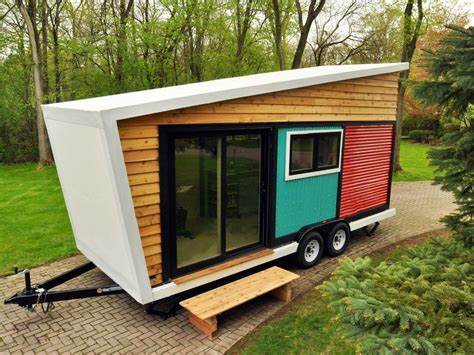
When it comes to insuring a Tiny House on Wheels (THOW), there are several types of insurance coverage you should consider to protect your investment and ensure peace of mind:
1.Tiny House Insurance: This is the most basic form of insurance specifically tailored for tiny houses. It typically covers damages to the structure of the tiny house itself, including theft, fire, vandalism, and natural disasters. Make sure your policy provides adequate coverage for the full replacement cost of your THOW.
2. Liability Insurance: Liability insurance protects you in case someone is injured on your property or if you accidentally damage someone else’s property. Since THOWs can be mobile, liability coverage is essential for accidents that may occur while towing or parked in different locations.
3. Personal Property Insurance: This coverage extends beyond the structure of the tiny house to protect your personal belongings inside, such as furniture, appliances, electronics, and clothing. In the event of theft, fire, or other covered perils, personal property insurance can help you replace or repair your belongings.
4. Travel Insurance: If you plan to move your THOW frequently or take it on extended trips, consider purchasing travel insurance to cover any unforeseen incidents while on the road. This can include coverage for towing, roadside assistance, and accommodations if your THOW becomes uninhabitable during your travels.
5. Additional Endorsements: Depending on your specific needs and circumstances, you may want to add additional endorsements or riders to your insurance policy. For example, if you live in an area prone to floods or earthquakes, you may need separate flood insurance or earthquake insurance to supplement your basic coverage.
6. Builder’s Risk Insurance: If you’re in the process of building or renovating your THOW, builder’s risk insurance can provide coverage for materials, equipment, and labor in case of damage or theft during construction.
7. Storage Insurance: If you ever need to store your THOW temporarily, whether in a storage facility or on someone else’s property, storage insurance can provide coverage for theft, vandalism, and damage while it’s not in use.
Before purchasing insurance for your THOW, be sure to thoroughly review the policy terms, coverage limits, deductibles, and exclusions with your insurance provider. It’s also a good idea to compare quotes from multiple insurers to find the best coverage at the most affordable price. By securing the right insurance protection for your THOW, you can enjoy the freedom and flexibility of tiny house living with confidence.
Tiny House Ownership: Off-Grid Finance and Insurance Hurdles
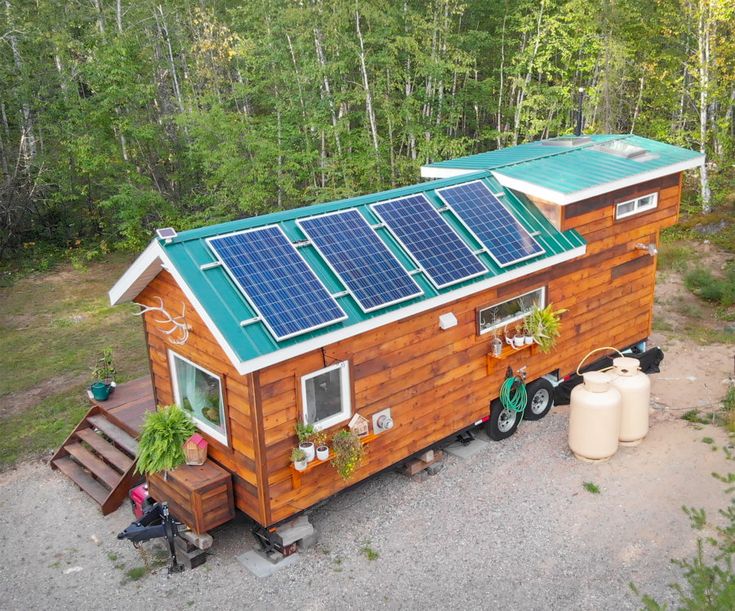
Insurance Challenges: Insurance providers may be hesitant to cover off-grid properties due to the increased risks associated with their remote locations and reliance on alternative energy sources. Obtaining insurance for off-grid properties may require specialized policies that account for factors such as self-sufficiency, fire risk, and access difficulties.
Financing Restrictions: Traditional mortgage lenders may be reluctant to finance off-grid properties due to concerns about resale value, marketability, and the ability to assess property value accurately. Off-grid properties may not meet the criteria for conventional mortgage financing, requiring buyers to seek alternative financing options such as personal loans or specialty lenders catering to off-grid properties.
Navigating the Path Forward: Overcoming Challenges with Knowledge and Preparation
While the journey to owning a tiny house may be fraught with challenges, with knowledge and preparation, these hurdles can be overcome. Prospective tiny house owners should research their financing options thoroughly, seek out lenders experienced in tiny house financing, and ensure compliance with local zoning regulations and building codes. Clear documentation of ownership and appropriate insurance coverage are essential steps in protecting your investment in a tiny house. By addressing these challenges proactively and seeking out expert guidance when needed, individuals can turn their dream of tiny house living into a reality.
Frequently Asked Questions
1. Can I get a traditional mortgage for a tiny house?
Getting a traditional mortgage for a tiny house can be challenging due to their unconventional nature and size. Many traditional lenders have minimum square footage requirements for properties eligible for financing, which tiny houses often do not meet. As a result, individuals may need to explore alternative financing options such as personal loans, RV loans, or specialty lenders catering to tiny house financing.
2. What are the zoning requirements for tiny houses in my area?
Zoning requirements for tiny houses vary depending on the location and local regulations. Tiny houses are often classified as recreational vehicles (RVs) or accessory dwelling units (ADUs), and their use may be subject to specific zoning laws and building codes. Prospective tiny house owners should research and consult with local authorities to understand the zoning requirements and regulations in their area before pursuing construction or purchasing land.
3. How can I find lenders who specialize in financing tiny houses?
Finding lenders who specialize in financing tiny houses may require some research and networking. Start by reaching out to local banks, credit unions, or mortgage brokers and inquire about their experience with tiny house financing. Additionally, online resources, forums, and communities dedicated to tiny house living may provide recommendations or insights into lenders who are knowledgeable about financing tiny houses.
4. Are there any government programs or incentives available for tiny house owners?
While government programs and incentives specifically targeting tiny house owners may be limited, there are some opportunities available. For example, certain states or municipalities may offer incentives or tax breaks for energy-efficient or sustainable housing, which could apply to tiny houses. Additionally, programs such as HUD’s Manufactured Housing Program (available in the USA) may provide financing options for tiny houses classified as manufactured homes. Canada has a few programs like, The Green Home Program, offered by the CMHC and the Home Energy Loan Program (HELP) as well as municipal and provincial programs. Prospective tiny house owners should research local, state, provincial and federal programs to explore any available incentives or assistance.
